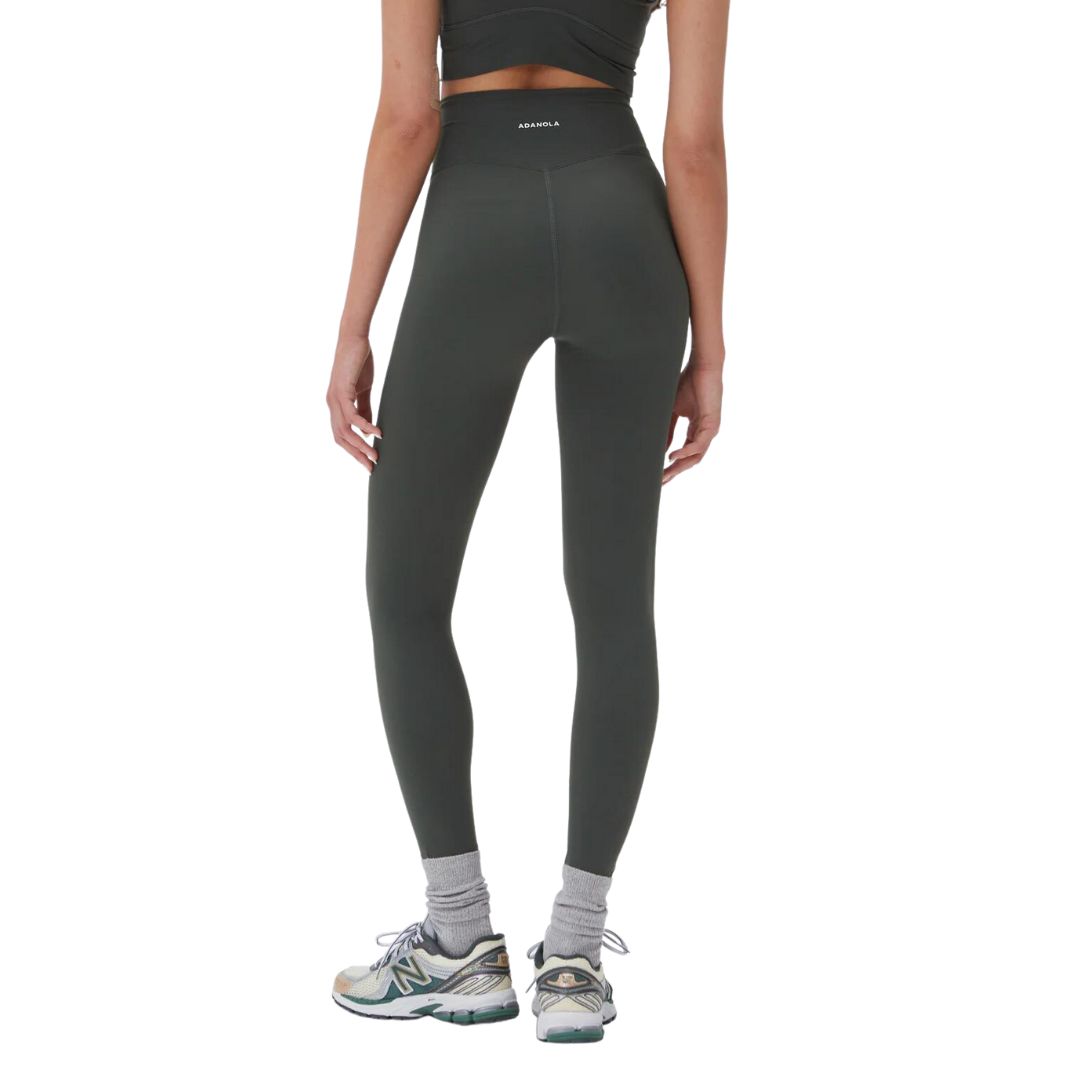Already feeling exhausted by January? These are officially the best workouts you can do for low energy
You're welcome.
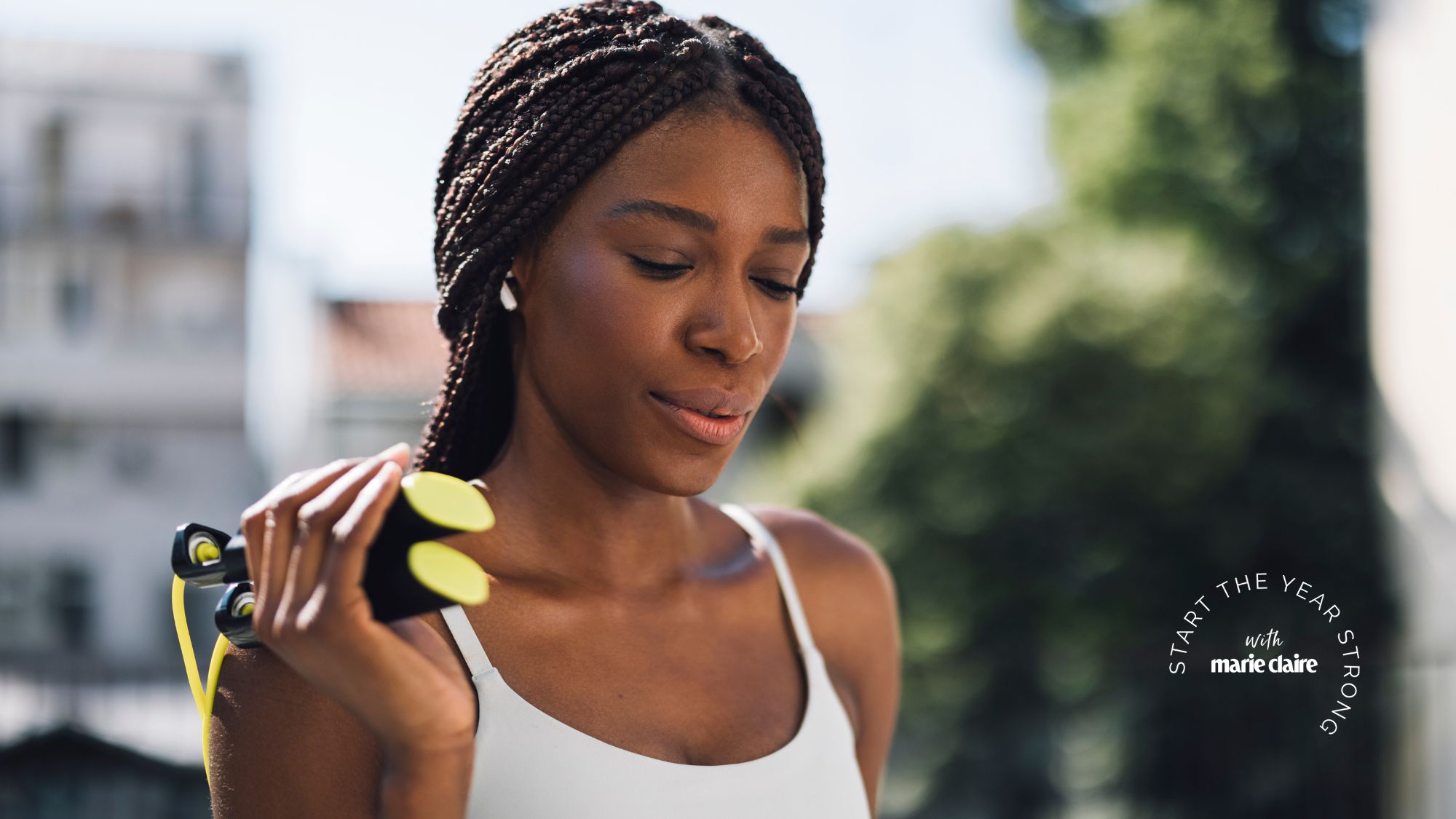

If the dark evenings, short Christmas break, and to-do list as long as your arm has got you feeling a bit, well, frazzled, you're not alone. While January can be a great time to reset and recharge, it can also feel pretty tiring - which is where the best workouts for low energy days come in.
Wondering if you should even be working out when tired? Here at MC UK, we're all about listening to your body and taking rest days if you're not well rested. That said, current research on the matter is actually mixed. Some studies indicating that working out when tired can actually boost your energy levels, while others warn that it's an accident waiting to happen.
So, what did three of the industry's top experts have to say when we picked their brains? Well, they reckon that while ticking off a 10km or smashing through a HIIT session generally isn't advised if you're running on minimal sleep, certain types of low intensity workout - we're looking at you, yoga and Pilates - can be a great way to boost your mood and endorphins when you're low on energy.
Generally speaking, you should have banked anything from seven to nine hours of sleep the day before attempting a workout. "However, it's not just a general rule of thumb," explains David Wiener, training specialist at AI-based fitness and lifestyle coaching app Freeletics. "There are so many other factors, and every single one of us has different bodies, different circumstances and different lives."
When it comes to exercise, it's always about doing what feels good for you and your body. Below, the experts break down how to know when you're too tired to workout, plus the best workouts to try on those low energy days. Don't miss our guides on how to boost energy when tired and the best energy-boosting foods, while you're here.
These are the best workouts for low energy days, according to top PT's
First things first: should you workout when tired?
According to personal trainer Aimee Victoria Long, it completely depends on how much sleep you've had and what kind of workout you're doing. She highlights that there's some anecdotal evidence to support the claims that working out when tired can actually boost your energy - that said, stresses that more scientific studies are needed to establish a concrete link between the two.
Bottom line: you know your body best and will likely know whether movement will make you feel better or worse. Tune in to your body and respect where it's at - if you're seriously lacking in sleep, the last thing your body will need is a gruelling high-intensity workout that'll knacker you out more.
Marie Claire Newsletter
Celebrity news, beauty, fashion advice, and fascinating features, delivered straight to your inbox!
"If you find yourself feeling tired and want to skip a workout, you may need to be kind to yourself and do just that," says David Wiener, training specialist at AI-based fitness and lifestyle coaching app Freeletics. "However, research does show that some exercise when you're tired can be exactly what your body needs - you just need to differentiate what kind of tired you are."
What are the benefits of working out when tired?
First up, the positives (aka all the reasons to put on your best gym wear instead of your favourite PJs). "Working out when tired can have potential benefits, although individual experiences may vary," says Josh Davies, personal trainer at Omni Wellness.
It can sometimes boost your energy. Science has shown that exercise increases oxygen and blood circulation around the body. "Exercise stimulates blood circulation and oxygen flow, which can help combat feelings of fatigue and increase energy levels," explains Davies. Not just that, but it can be mood enhancing, too, with one 2019 study finding that walking for an hour or going for a 15-minute run each day can lower your risk of depression. "Physical activity triggers the release of endorphins, which are natural mood boosters. Working out when tired can help improve mood and reduce feelings of stress or anxiety," Davies explains.
Not only that, but it can improve your mental focus. If you wake up tired, sometimes, a quick workout can help. "Exercise can enhance cognitive function and mental clarity. By engaging in physical activity when tired, you may experience improved focus and concentration," says Davies.
Of course, exercise can reduce your stress and cortisol levels. "Physical activity is known to reduce stress levels. Working out when tired can help alleviate mental and emotional stress, promoting a sense of relaxation and well-being," Davies explains.
Last but by no means least, working out could help you sleep better. "Regular exercise has been linked to improved sleep quality. By engaging in physical activity when tired, you may facilitate a deeper and more restful sleep, leading to better overall recovery and energy restoration," Davies explains. "Exercise can be really helpful by resetting your body clock depending on what time you exercise, which can help you fall asleep faster," Wiener adds.
What are the risks of working out when tired?
You've heard that it's important to listen to your body. Remember: it's never worth pushing yourself and causing injury, which is the first risk of working out when tired. "When you're tired, your reaction time, coordination, and muscle strength may be compromised. This can increase the risk of accidents and injuries during physical activity," says Davies. "It can be quite dangerous, especially if weights or equipment is involved," Wiener warns. "You need to be mentally alert to effectively exercise, or you risk injuring yourself," he adds.
Not just that, but your performance will naturally be affected. "Fatigue can negatively impact your physical performance. You may experience decreased endurance, strength, and overall athletic ability, which can lead to frustration or disappointment during workouts," Davies continues.
Of course, if you workout too much, it can become counterproductive, the experts continue. "You can find yourself overdoing it when you push yourself too hard too quickly. With any exercise, it's important to listen to your body and incorporate rest days into your training regime, as well as make sure you're getting enough sleep to aid recovery. Mentally, overexercising can affect your mood and energy levels, leading to irritation, anger and trouble sleeping," Davies explains.
Best workouts for low energy days: 6 that PT's recommend
1. Low Intensity Steady State exercise (LISS)
Why? Spoiler alert: if you're feeling sleepy, the PT's recommend avoiding heavy weights and opting for low-impact workouts, instead. Make sure to bank some warm up exercises, first. Then? Give LISS a go.
Never heard of it? "Low-intensity steady state, otherwise known as LISS, is a trendy training method that involves performing a cardio activity such as walking, jogging, or cycling at a low intensity over a continuous period of time," shares Wiener. Unlike high intensity interval training, or HIIT, LISS aims to consistently increase the heart rate over a prolonged time. "While LISS activities can be done at the gym or at home, many people enjoy going outside to work up a sweat. Being outside is a great way to boost your energy levels, combat seasonal affective disorder (SAD), soak in some Vitamin D, and get some fresh air at the same time."
How to? The key with LISS is not to quickly blast through short bursts of exercise by going all out in a short period of time, but rather to move at a slower, sustained pace, perfect if you're tired, share our PT's. Go on a walk, jog, or get on your bicycle for half an hour, taking your time.
How long? "LISS workouts typically last from 30 to 60 minutes, making them an easy go-to for after a strenuous workout or on days where they feel less motivated or more tired," explains Wiener.
A post shared by Hot Girl Walk® (@hotgirlwalk)
A photo posted by on
2. Bodyweight training
Why? Bodyweight exercises are an easy option if you'd like to boost enorphins from the comfort of your lounge or bedroom. Wiener's go-to move? Jumping jacks.
"Combining bodyweight training with cardiovascular exercise, jumping jacks are usually used as a warm-up exercise but are packed with brain-boosting power and great to instantly boost energy levels. They get your blood pumping hard and fast and simultaneously improve blood supply to the brain," he continues. This, in turn, gives your brain an energy boost. "They're also simple to perform and require little space and no equipment."
How to?
- Jump your feet out to the sides and off the floor while simultaneously swinging your arms above your head.
- Return to the starting position as your feet return to the ground
- Repeat
- The second exercise in the video below shows what a jumping jack looks like, plus how tricky it can be to count reps when you're tired.
How long? "This kind of activity for just five to ten minutes can boost your brain power and focus," says Wiener. Aim for 40 seconds on, 40 seconds off, for five to ten minutes.
A post shared by Freeletics (@freeletics)
A photo posted by on
3. Yoga
Why? "If you are low on energy, yoga is a great choice to get the body moving and enhance energy," explains Wiener. Why? Well, yoga is well-known for its soothing and energy-boosting benefits which come from the slow, controlled movement, rhythmic breathing, and gentle movements that help to open your spine and loosen tightened chest muscles. "This, in turn, encourages deep breathing and open postures, which improve your physical energy and mental alertness," Wiener explains.
How to? There are many types of yoga to choose from, but if you want an energy boost, check out this guide to yoga for energy and keep the page bookmarked for future reference.
How long? Spend at least fifteen minutes on your mat to feel the benefits of yoga. Most yoga flows will be at least fifteen to 20 minutes but do what your body allows.
A post shared by OMNI Wellness (@omniwellness_group)
A photo posted by on
4. Stretching
Why? "Stretching can also help to combat tiredness and make you feel good because it activates the parasympathetic nervous system, which increases your blood flow to the muscles," shares the PT. Stretching can also help release endorphins, which enhance your mood and can help reduce pain.
Not sure when to try it? Wiener reckons stretching is especially important in the morning. "When we sleep, our muscles relax, our heart rate slows, and our blood flow decreases, meaning muscles can tighten up and result in you feeling pain the next morning. Stretching will help relieve this pain and get you ready for the day ahead," explains Wiener.
How to? Again, there are so many stretches to choose from. Do check out our guide to stretching workouts for the best stretching exercises you can do. Below is a video of a cat-cow stretch, to get started with.
How long? Until you feel relief, but ten minutes should do the trick.
A post shared by OMNI Wellness (@omniwellness_group)
A photo posted by on
5. Pilates
Why? "Pilates exercises focus on core strength, stability, and flexibility. A low-impact workout that can be modified to suit different fitness levels, it can help improve your posture and overall body awareness," says Davies.
How to? If you're tired, this quick 20-minute Pilates workout is ideal as you can do it at home.
How long? Again, this depends on your current fitness level, but any movement is better than none. Five, ten, fifteen or twenty minutes all count - whatever you've got time for.
6. Swimming
Why? Last but by no means least, swimming is a great workout if you're feeling low on energy - it's low impact, easy on the muscles and joints, and soothing, too. "The buoyancy of the water can provide a sense of weightlessness and relaxation, making it a great option for tired muscles," explains Davies.
How long? Again, this is dependent on your current fitness levels and ability.
Shop MC UK's go-to workout kit now:

With it's cropped and flattering fit, the Sculpt tank top from lululemon not only looks great for your sweat sessions but can double as a day-to-day basic, too. It's butter-soft and breathable material makes it a dream to wear.
What are the signs that you're too tired to workout?
"You know your body better than anyone, so if you think all you need to do is sleep, you need to sleep," says Freelectics personal trainer, David Wiener.
The main signs to look out for include feeling sick, low alertness, feeling light-headed, feeling weak, and muscle soreness, the expert explains.
Can you effectively recover after a workout when you're tired?
Pushed yourself through a workout despite feeling tired and now feel like you've overdone it? Wiener reminds us that cool-down exercises are always important. "They're an essential part of your fitness regime and one of the most effective ways to recover after a workout," he explains.
Not just that, but nutrition is key. "After a session, focus on proper post-workout nutrition, hydration, and rest," Long continues. "Adequate protein intake, stretching, and gentle recovery exercises can help promote muscle repair and reduce muscle soreness." Best protein powders at the ready.
Dionne Brighton is a writer at Marie Claire UK, specialising in all things shopping, beauty and fashion. Born and raised in North London, she studied Literature at the University of East Anglia before taking the leap into journalism. These days, you can find her testing out the latest TikTok beauty trends or finding out what the next full Moon means.
-
 Jonathan Anderson is going to Dior Men
Jonathan Anderson is going to Dior MenHis debut collection will be this June
By Mischa Anouk Smith
-
 I'm a 2025 bride and these are the best affordable wedding dresses I've found
I'm a 2025 bride and these are the best affordable wedding dresses I've foundLess than £1,000 but still the height of chic
By Sofia Piza
-
 Hands down, these are the best wedding foundations for each skin type
Hands down, these are the best wedding foundations for each skin typeThat bridal glow, bottled
By Denise Primbet
-
 Jump training workouts are being hailed as the best longevity workout you can do - a top personal trainer shares their guide
Jump training workouts are being hailed as the best longevity workout you can do - a top personal trainer shares their guideJump to it...
By Katie Sims
-
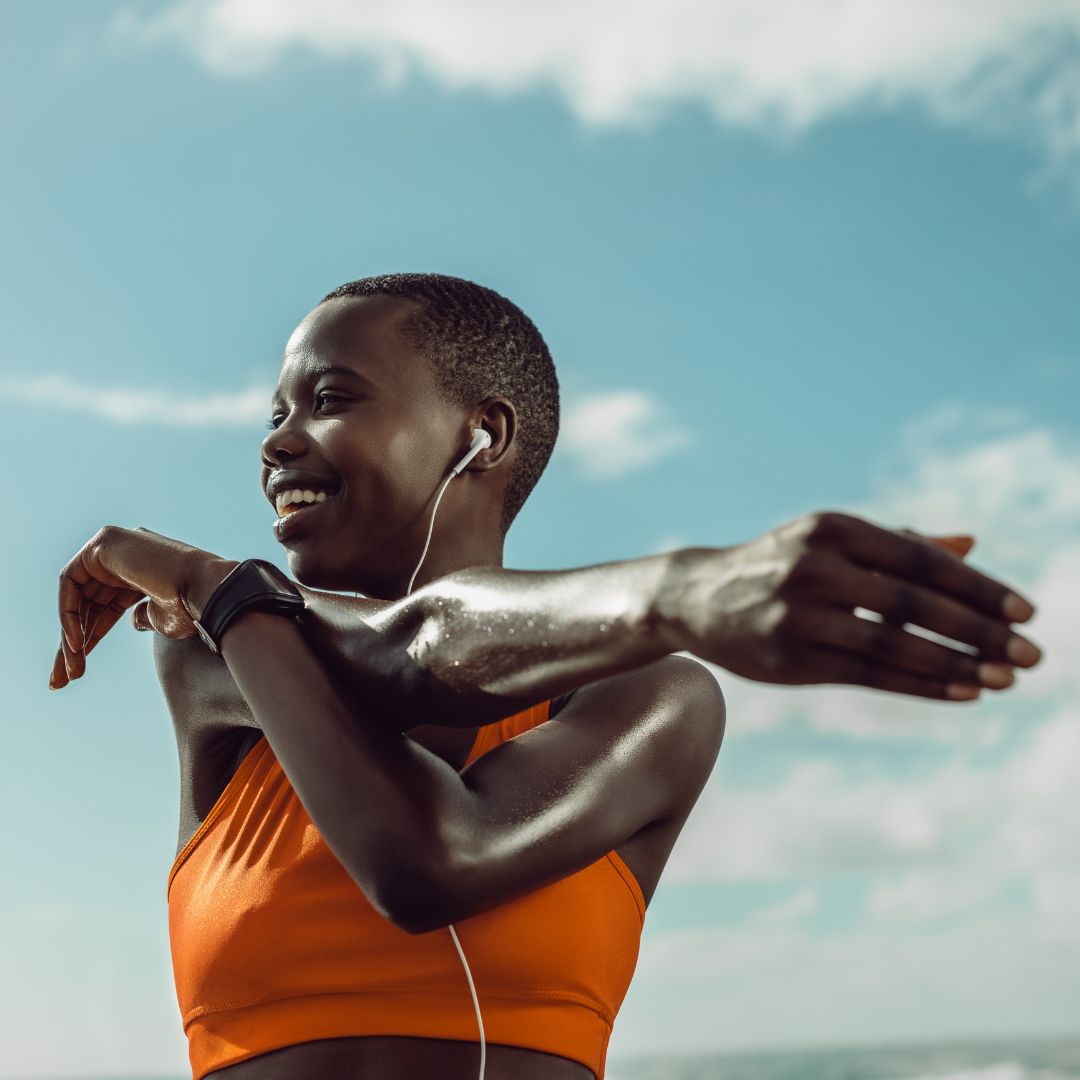 Spring has finally sprung - 6 best outdoor workouts that are totally free and boost both body and mind
Spring has finally sprung - 6 best outdoor workouts that are totally free and boost both body and mindSoak in the nature and boost Vitamin D *and* endorphins.
By Anna Bartter
-
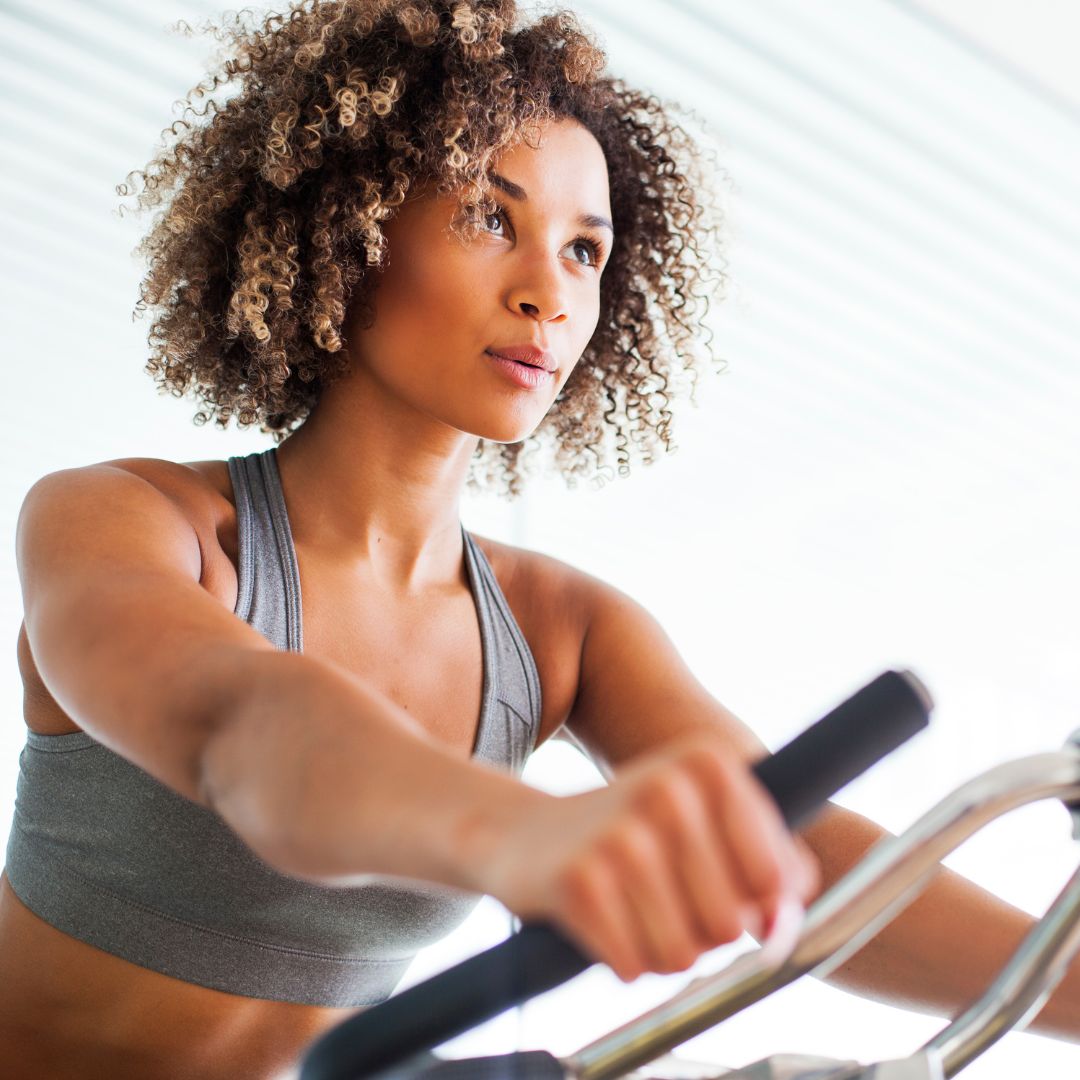 Experts are calling the 4-2-1 method one of the most effective fitness routines you can do, period - so, is it?
Experts are calling the 4-2-1 method one of the most effective fitness routines you can do, period - so, is it?Your need-to-knows.
By Katie Sims
-
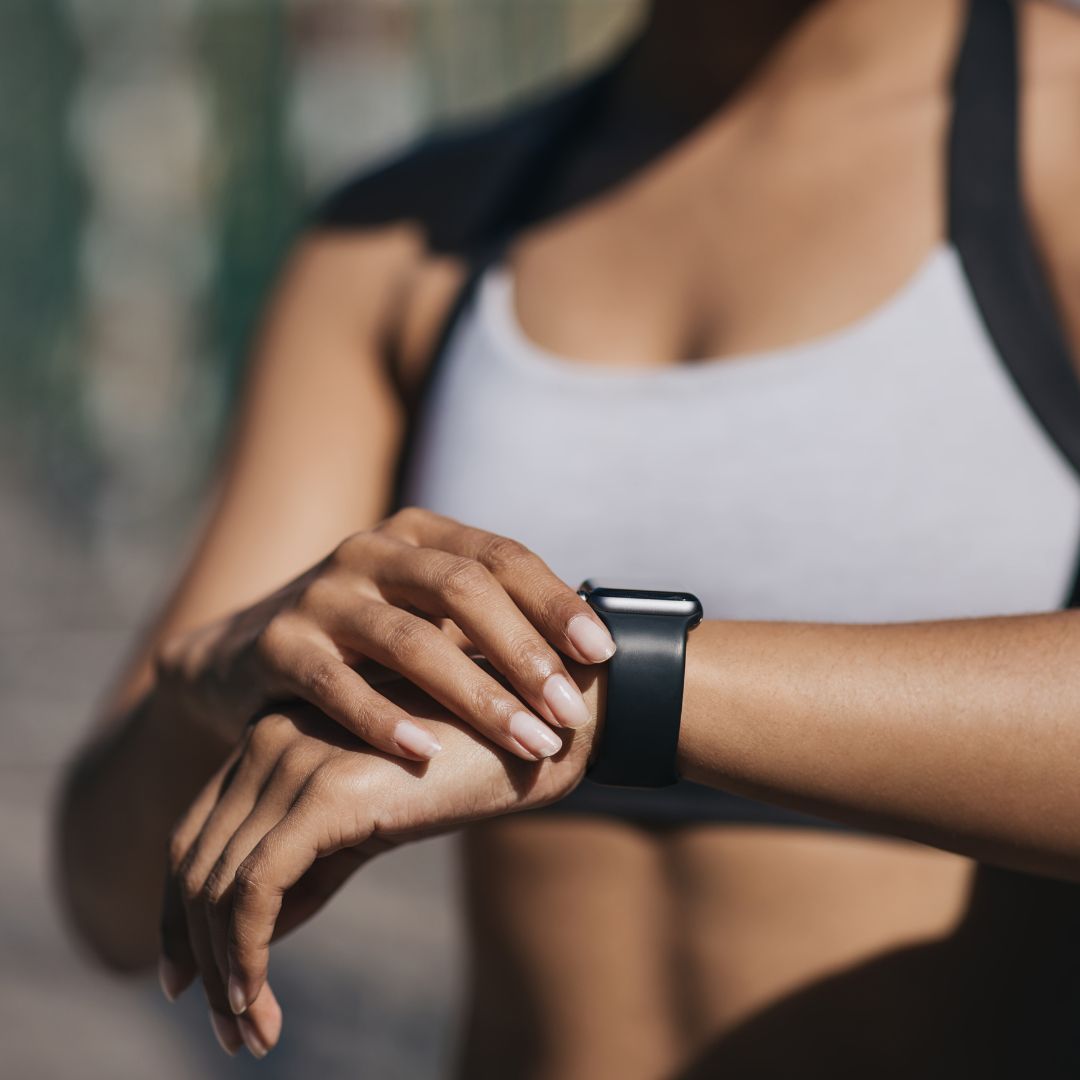 Still finding it too cold to exercise outside? 7 best advanced home workouts to boost muscle and endurance
Still finding it too cold to exercise outside? 7 best advanced home workouts to boost muscle and enduranceBecause home workouts aren't just for beginners.
By Anna Bartter
-
 Harry Styles' personal trainer just shared the four workout moves he swears by for effective, at-home sessions
Harry Styles' personal trainer just shared the four workout moves he swears by for effective, at-home sessionsNo more Daydreaming of an enjoyable home workout...
By Ally Head
-
 I wanted to up the intensity of my walks, so tried Nordic walking every day for a week - and feel it's levelled up my cardio fitness
I wanted to up the intensity of my walks, so tried Nordic walking every day for a week - and feel it's levelled up my cardio fitnessWho knew holding poles was such hard work?
By Anna Bartter
-
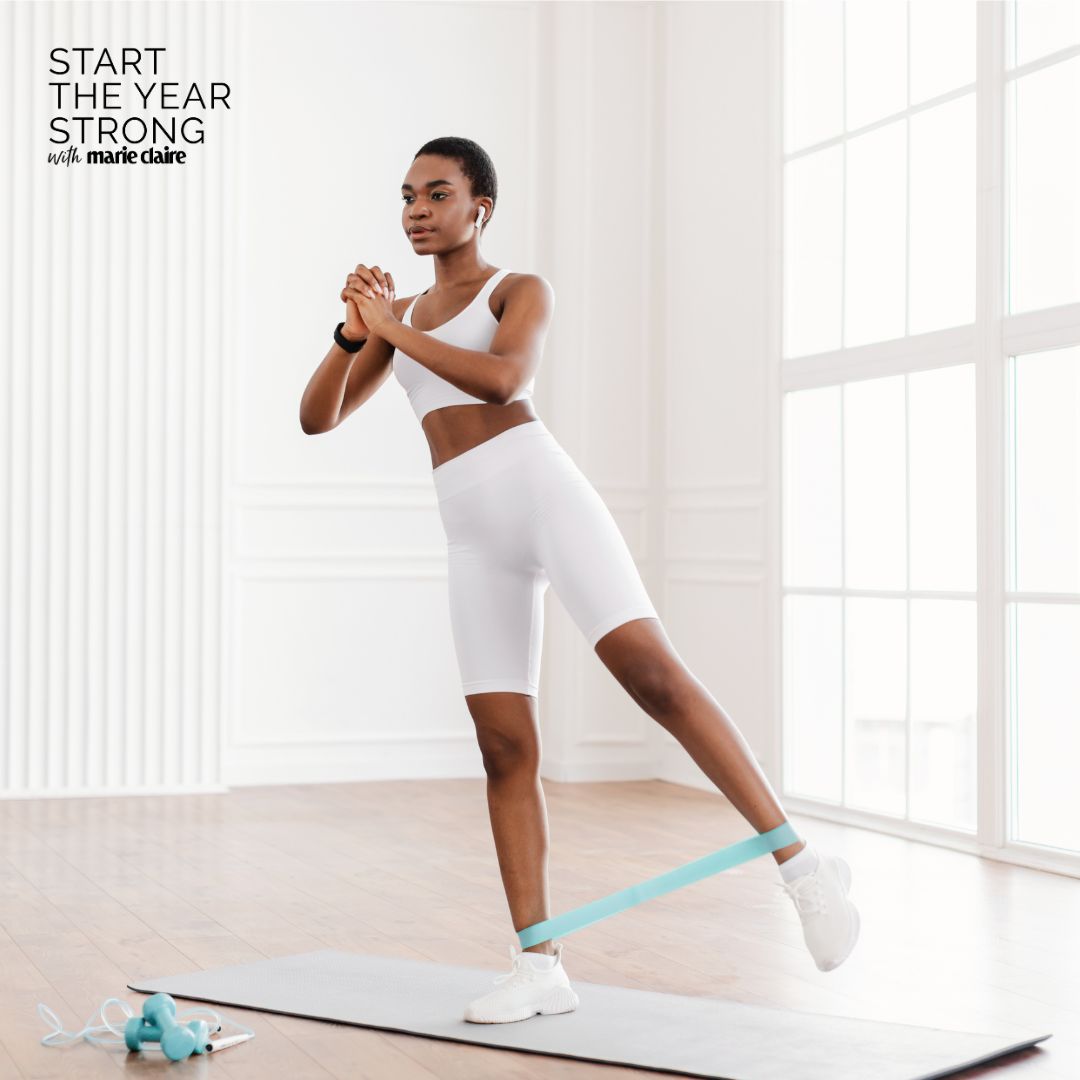 Prefer home workouts? 7 advanced resistance band glute workouts that'll level up your sessions
Prefer home workouts? 7 advanced resistance band glute workouts that'll level up your sessionsGrab a band and prepare to feel the burn.
By Anna Bartter
-
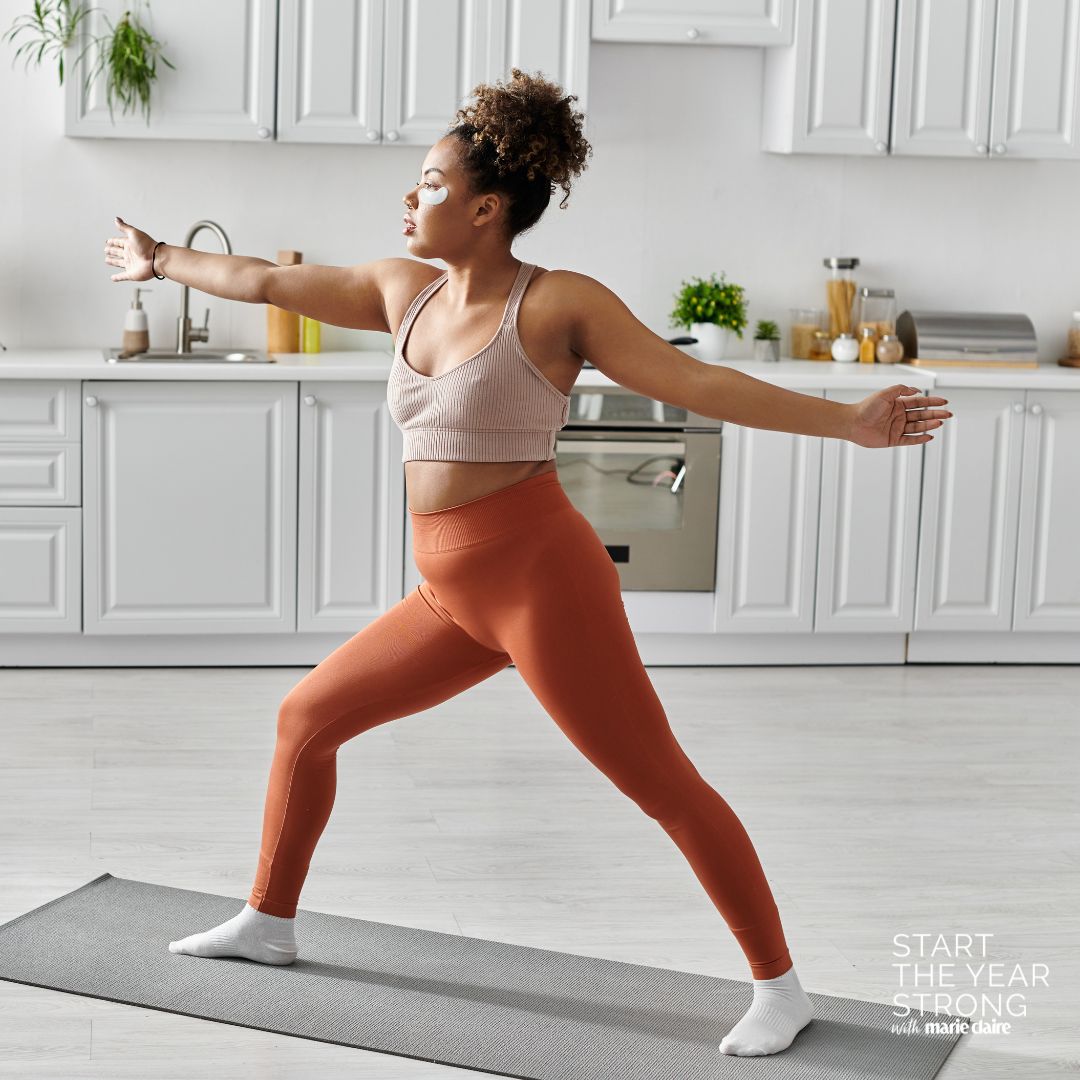 I've seen the 30-30-30 workout all over my feed - so asked top experts for their take on whether it's *actually* worth trying
I've seen the 30-30-30 workout all over my feed - so asked top experts for their take on whether it's *actually* worth tryingA life changing regime?
By Katie Scott

